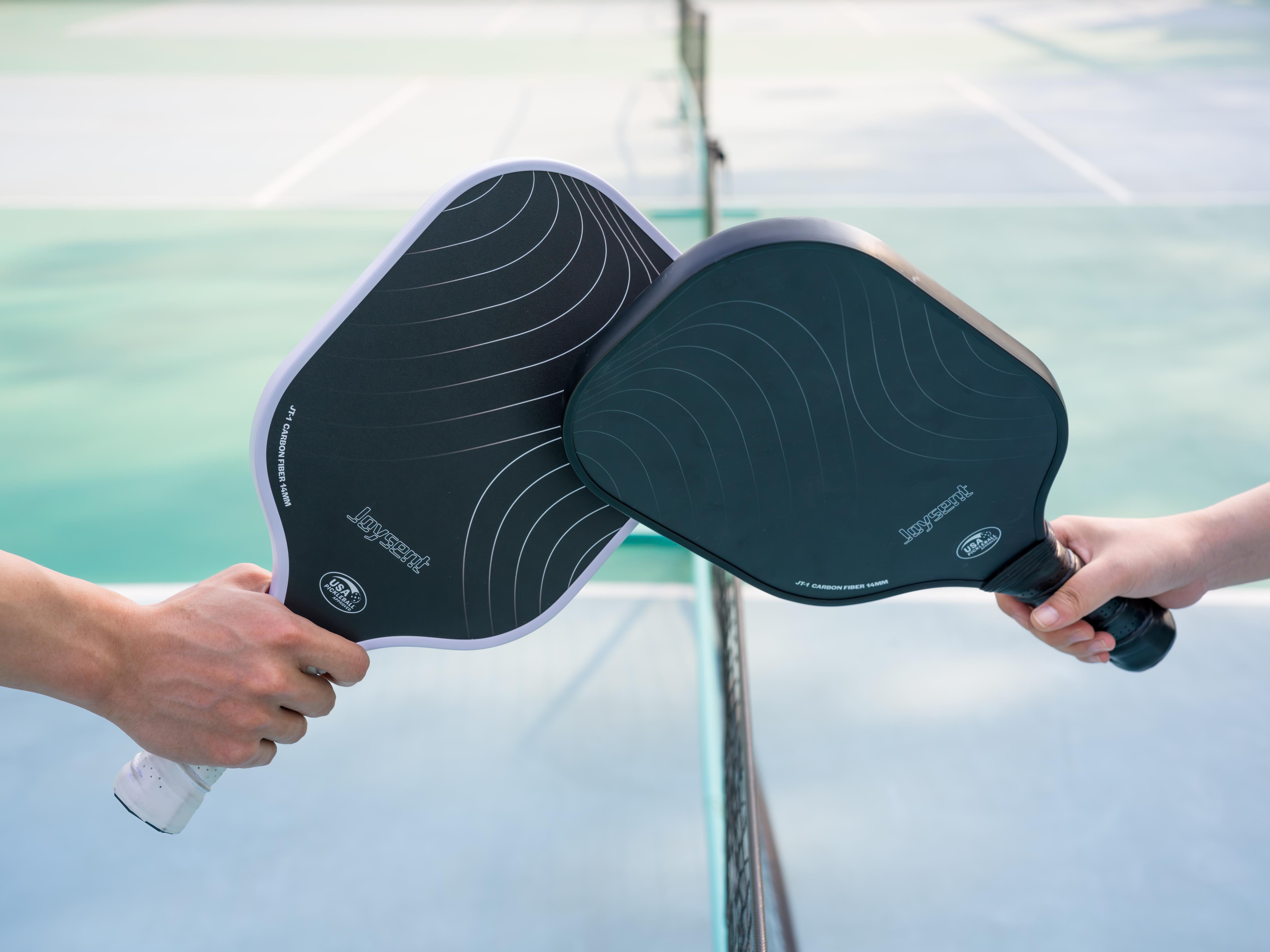
Beginner’s Guide: Pickleball Rules and Scoring Explained
Summary
This guide walks new players through the essential rules and scoring of pickleball, covering court layout, basic rally rules, the “two-bounce” requirement, non‑volley zone (the “kitchen”), and how to keep score for singles and doubles games. By understanding these fundamentals, beginners can step onto the court with confidence and focus on improving their game.
Court and Equipment
A standard pickleball court measures 44 feet long and 20 feet wide, the same size for both singles and doubles play, with the net height at 36 inches at the sidelines and 34 inches in the center.
The court is divided into right and left service courts, and a 7-foot non‑volley zone on each side of the net—commonly known as the “kitchen” .
Players use a solid paddle—often made from carbon fiber, composite, or wood—and a perforated polymer ball that travels slower than a tennis or badminton shuttlecock, making rallies longer and more beginner‑friendly .
Basic Rally Rules
Every rally begins with an underhand serve, struck below the server’s waist, diagonally into the opponent’s service court. The serve must clear the kitchen line; if it lands on or inside this line, it is a fault.
After the serve, the “two‑bounce” rule applies: the receiving side must let the ball bounce once before returning, and then the serving side must also allow one bounce before playing the ball.
Once both bounces have occurred, players may volley (hit the ball in the air) or play off the bounce, except when standing inside the kitchen—no volleys are allowed in this non‑volley zone.
Scoring System
Points can only be scored by the serving side; if the receiving team wins the rally, no point is awarded, but service passes to the opponent.
In doubles play, the score is announced with three numbers: the serving team’s score, the receiving team’s score, and the server number (1 or 2) within that team—for example, “4‑3‑2” means the serving team has four points, the opponents three, and the second server in that pair is serving.
Games are typically played to 11 points, and a team must win by at least a two‑point margin. In tournaments, matches are often best‑of‑three games.
Common Faults and Violations
Faults include hitting the ball out of bounds, failing to clear the net, volleying in the kitchen, and violating the two‑bounce rule.
Other violations are touching the net with paddle or body, and incorrect serve or score calling; such infractions result in loss of rally or service.
Tips for New Players
Start each session with dynamic warm‑ups—leg swings, arm circles, and lunges—to prepare your muscles and improve mobility.
Practice your serve consistency and return depth; drills focused on landing drives near the baseline keep opponents on the move and give you strategic advantage.
Conclusion
By mastering the court layout, two‑bounce rule, kitchen boundaries, and correct scoring protocol, beginners can avoid common mistakes and enjoy competitive rallies from their very first game. Clear understanding of these basics lays the foundation for advanced tactics and solid skill development.
Now, grab your paddle and ball, find a local court, and have fun learning the exciting sport of pickleball!








